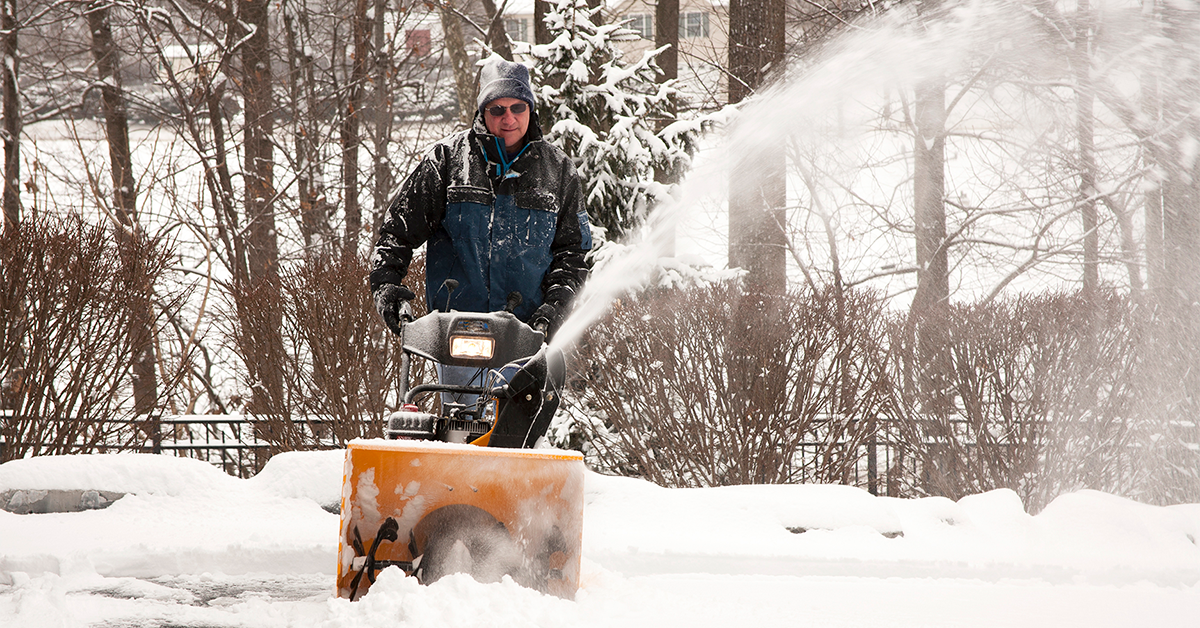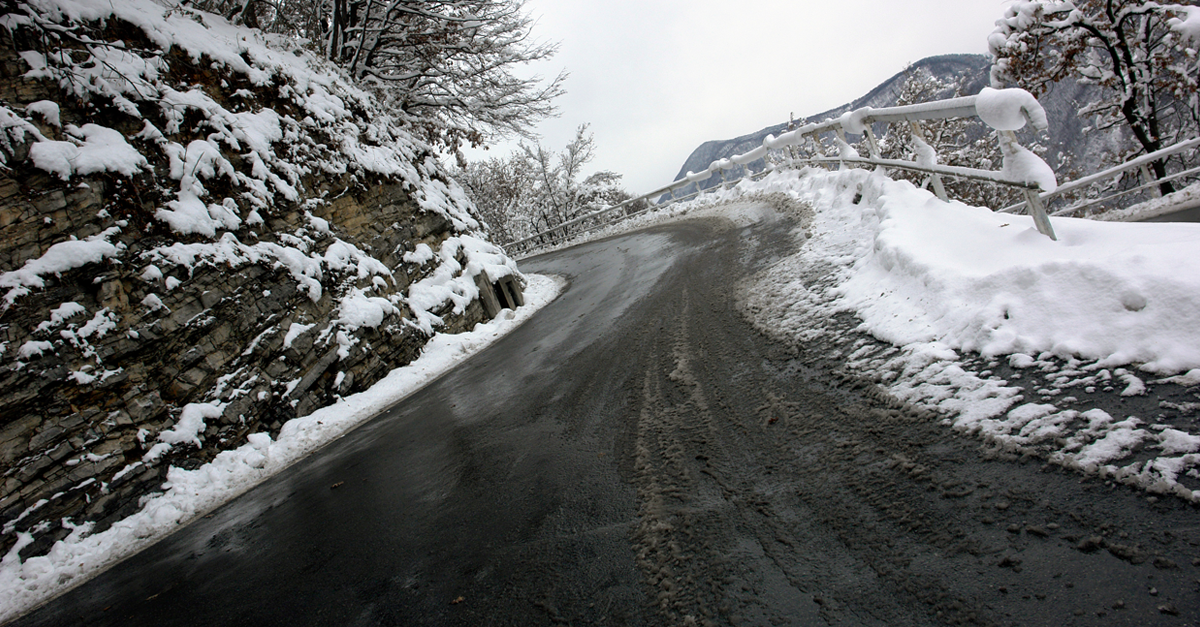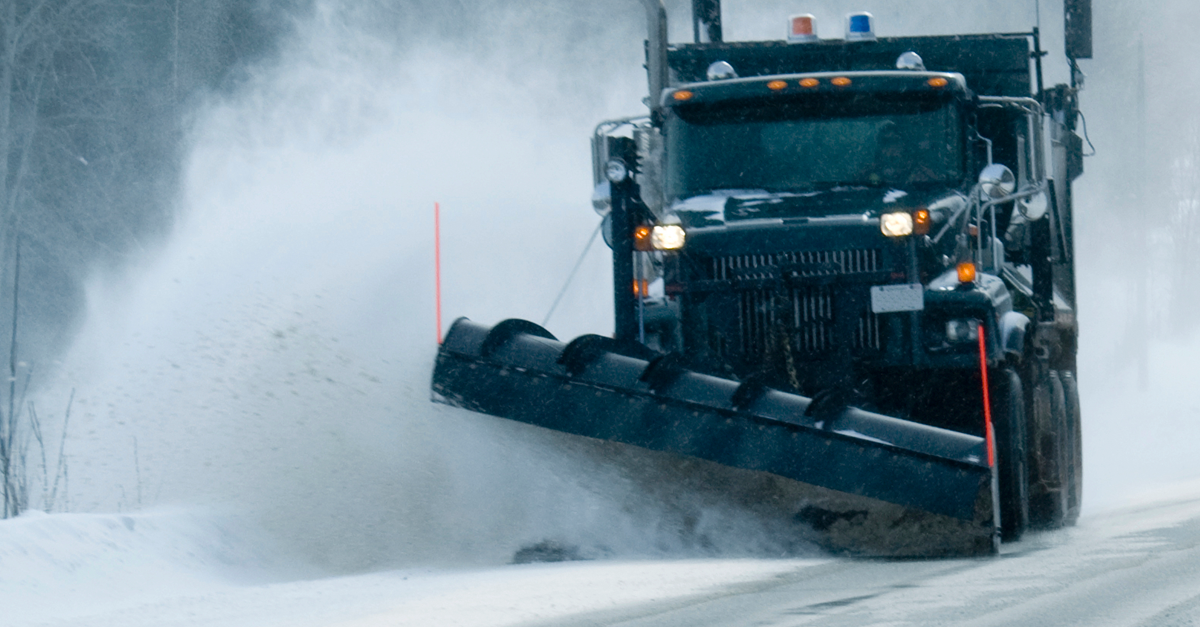No standard exists for determining when snow and ice accumulation is severe enough that it will endanger patrons or employees. In most cases, managers and supervisors must use their own judgment to alter work practices based on changes in weather conditions. Just plowing or shoveling snow cannot prevent slippery conditions for pedestrians, 90% of walkway injuries happen with less than 1 inch of snow. Just a thin layer of snow is all it takes to make the difference between a sidewalk with traction and a slippery mess. If sidewalks are not cleared properly, liability falls on the property owner. Facility managers need to understand anti-icing and de-icing technologies and the relative best practices to employ. To protect yourself from slip-and-fall lawsuits, you can:
- Monitor the slip factor by checking walkways yourself.
- Put up signs. If you know that a certain section of your walkway or parking lot is prone to ice formation, put up a sign that warns patrons or employees of the possible slip factor.
- Use best practices in terms of fundamental snow and ice control strategies.
The fundamental snow and ice control strategies in winter maintenance include: Anti-icing, Deicing, Pre-wetting, and Pretreating.




